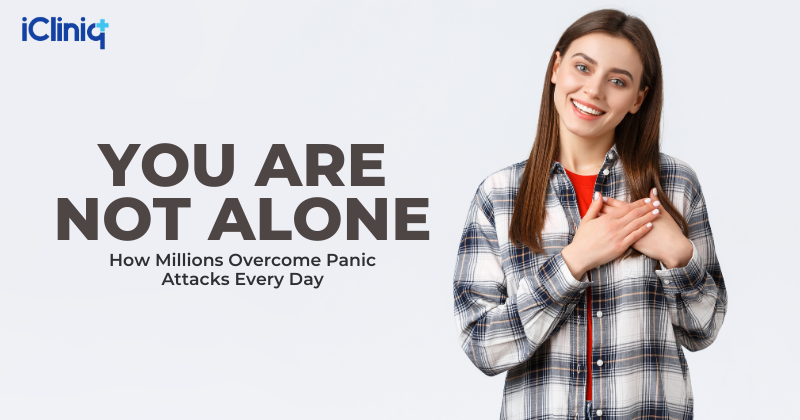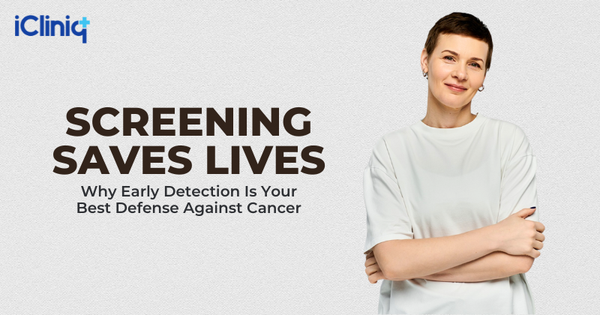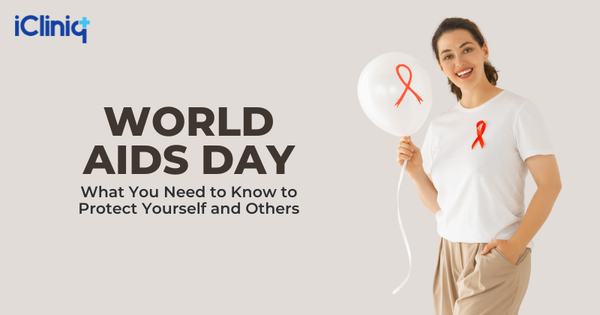You Are Not Alone: How Millions Overcome Panic Attacks Every Day

If you have ever felt your chest tighten, your pulse pound in your ears, your breath catch, and your mind spiral into worst-case scenarios, you might have experienced a panic attack. To the outside world, it may look like nothing. But inside, it feels like a storm that takes over your entire body. For many, the fear is not just in the attack itself but in its unpredictability. The lingering dread of “What if it happens again?” can shadow daily life.
The Science Behind the Storm
A panic attack is your body’s fight-or-flight system going into overdrive. Adrenaline floods your system, increasing your heart rate, quickening your breath, and sharpening your senses. But unlike running from danger, in a panic attack, there is no visible threat. The body reacts as if your life is at risk, even though you may just be standing in a grocery store line.
Researchers believe a mix of genetics, brain chemistry, and stress responses sets the stage. For some, it is linked to anxiety disorders; for others, trauma or chronic stress plays a role. But the bottom line is: panic attacks are not “just in your head”—they are a real, physiological event.
Why It Feels Like a Heart Attack
Chest pain, dizziness, numbness in the hands, a choking sensation, and panic attacks are so physically intense that many rush to the ER, believing they are having a cardiac emergency. The overlap in symptoms explains why panic disorders often go undiagnosed until after extensive medical tests rule out heart disease. The difference lies in duration and cause: heart attacks result from blocked arteries, while panic attacks stem from misfired stress signals.
The Hidden Burden
Beyond the attack itself is the constant worry. People who suffer panic attacks often begin to avoid places or situations where they once had an episode. A simple outing, driving on the highway, or stepping into a crowded theater can feel impossible. Over time, this avoidance can shrink lives, creating isolation, depression, and even agoraphobia.
What Helps?
The good news: panic attacks are treatable.
- Cognitive Behavioral Therapy (CBT) helps retrain the brain’s fear response.
- Breathing techniques slow the hyperventilation cycle, which worsens symptoms.
- Medications such as SSRIs or short-term anti-anxiety prescriptions can provide relief for those with frequent attacks.
Lifestyle changes, including reducing caffeine, practicing mindfulness, and getting regular exercise, also make a measurable difference.
Living Beyond Panic
The most important truth is this: panic attacks, while terrifying, are not fatal. They peak and pass, usually within minutes, though they feel endless in the moment. The challenge is learning to trust your body again, to remind yourself, “this is a panic attack, not a heart attack,” and that it will pass.
Where do we go from here? By breaking the stigma and acknowledging panic attacks as a real health issue, not a character flaw, we open the door for more people to seek help. Recovery is possible. Panic may come uninvited, but with the right tools and support, it does not have to control your life.




